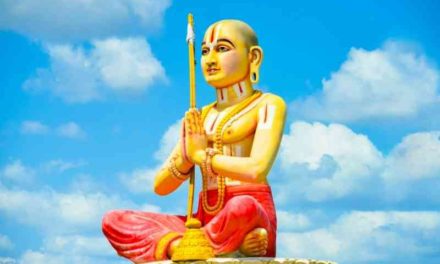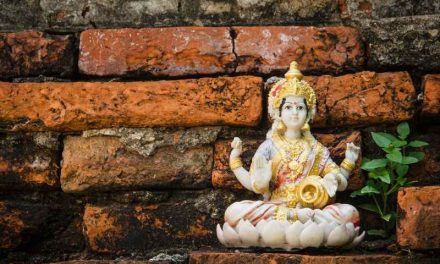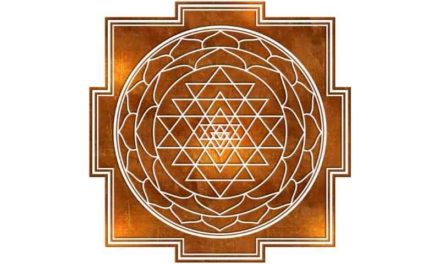According to the beliefs of one school of thought, the snake is symbolic of the never-ending cycle of life and death. And if one desires to free oneself from the vicious cycle, then one must submit to him with devotion and be free of ahamkara. Only then will they be able to break free. The coiled snake that is wrapped around Lord Shiva’s neck serves as a reminder to followers to rein in their inflated sense of self-importance.
In Indian imagery, snakes, and particularly cobras, are imbued with significant symbolic meaning. The primary connection that the cobra has is with the kundalini shakti, which is sexual energy that is dormant in the Muladhara chakra and has to be awoken and moved to the Sahasrara Chakra, which is located at the top of the head.
The hamsa, or serpent, is a symbol of the Ahamkara (ego). When we poke a snake, it immediately backs away and opens its mouth in an attempt to strike at us. In a similar vein, our ego automatically responds whenever another person says something to us that we would rather not hear. This ego resides inside the human body, but the ego loses its strength when it merges with the divine in gods and goddesses.
Because they are in charge of it, it has no impact on them. As a result, Shiva wears this ahamkara around his neck as an ornament since there is nowhere in his body for it to go. The Lord watches over our ahamkara, also known as our ego, which, if left unchecked, would cause us to be empty on the inside.
One of Shiva’s other names is Bairagi, which literally translates to “one who is beyond the commonplace world.” Because he is beyond all feelings, he has no need to be afraid of anything. Shiva can’t get hurt, so even a snake, which is one of the most dangerous animals, is just a harmless thing to him.
From a different angle, the snake that is wrapped around Shiva’s neck reveals his compassionate side. Since he is the Lord of all the creatures, the snake that is wrapped around his neck is a sign of respect from him.
This portrayal also brings to light the widely held attitude that one should “live and let live.” In Nepal, there is a temple that is devoted to Pashupatinath, which is a manifestation of Lord Shiva. People who follow the Shaivite religion think of it as one of the holiest places.
Another separate part of Shiva‘s relationship with the serpent is discussed in another narrative, which sheds insight on this topic. According to the beliefs of one school of thought, the snake is symbolic of the never-ending cycle of life and death. And if one desires to free oneself from the vicious cycle, then one must submit to him with devotion and be free of ahamkara. Only then will they be able to break free.
The coiled snake that is wrapped around Shiva’s neck serves as a reminder to followers to rein in their inflated sense of self-importance. When the ego is kept under control, everlasting serenity may be experienced throughout life. As a result of its protective character, it is symbolic of aggression, rage, and the control of these emotions.
The control of these emotions is the very first step on the spiritual path, as anger is the emotion that does the greatest damage. Because it goes through the process of shedding its skin regularly, the snake is a symbol of human regeneration, metanoia, and metamorphosis.
According to an old wives’ tale, cobras are the keepers of buried riches because they each hold a precious stone in their heads. They are the keepers of spiritual knowledge, which comes in the shape of religious institutions and mores, and they are the ones that really impede us from reaching our full spiritual potential and attaining our goals in that regard.
So, if we want to reach our full spiritual potential, we need to free ourselves from the superficial limits that organized religion puts on us and give ourselves the freedom to explore the vast territory of the unconscious.





